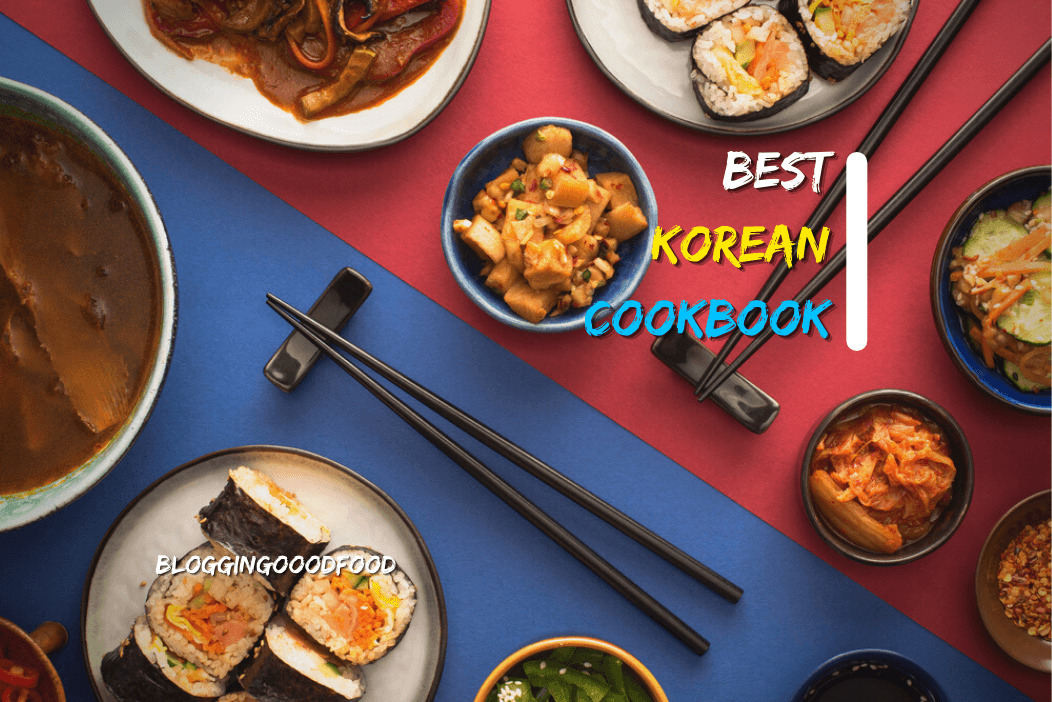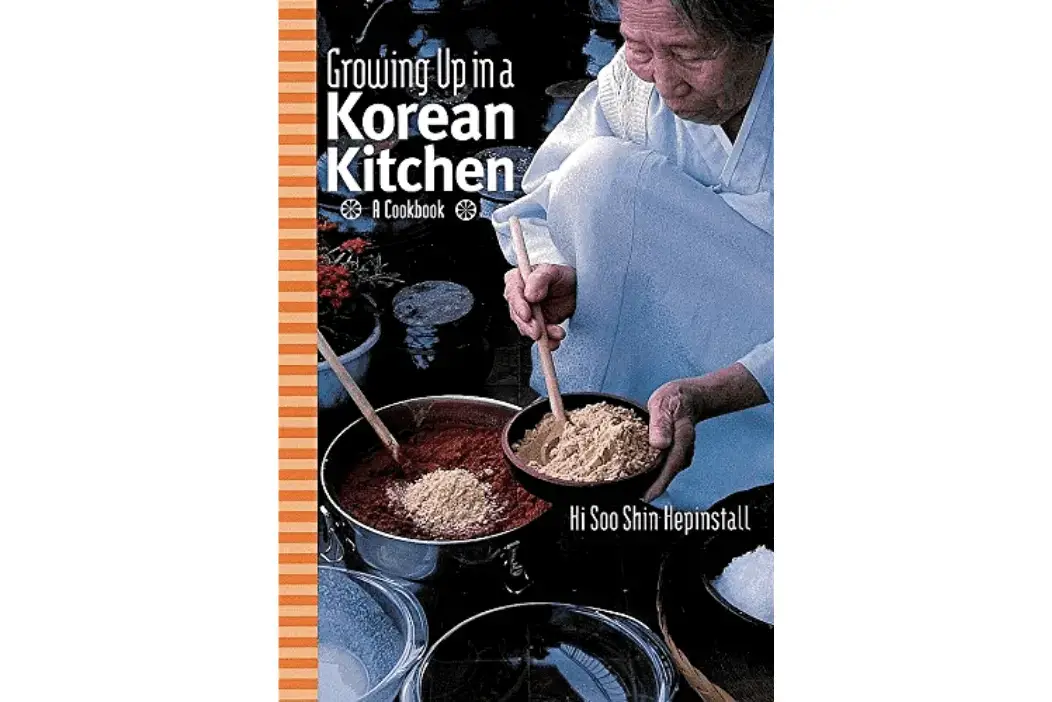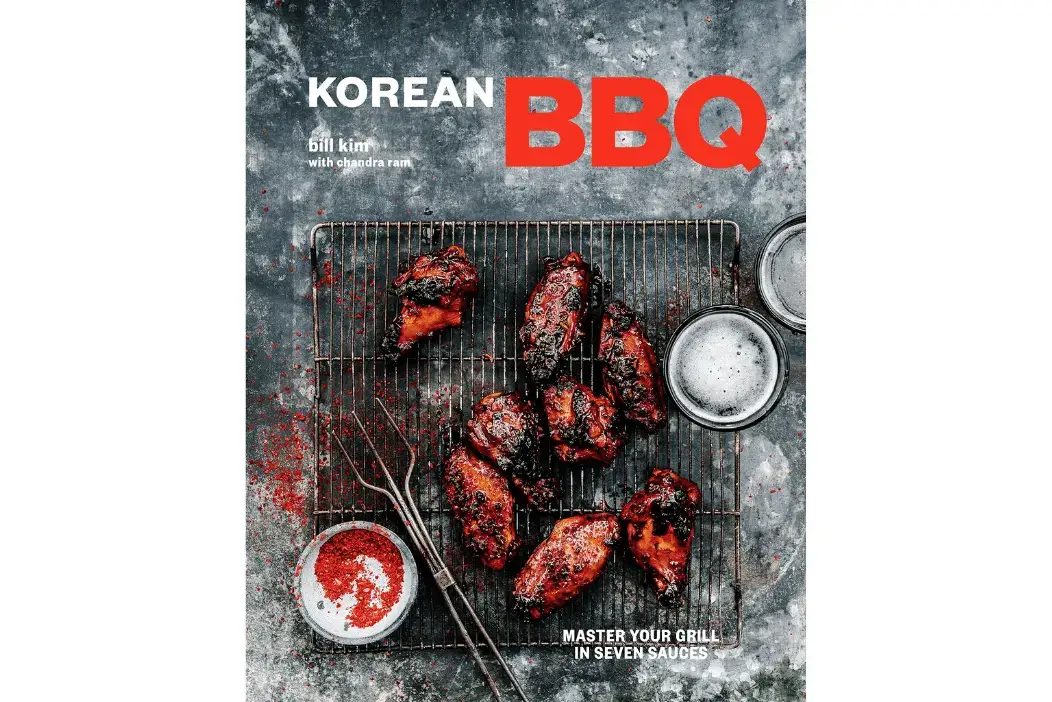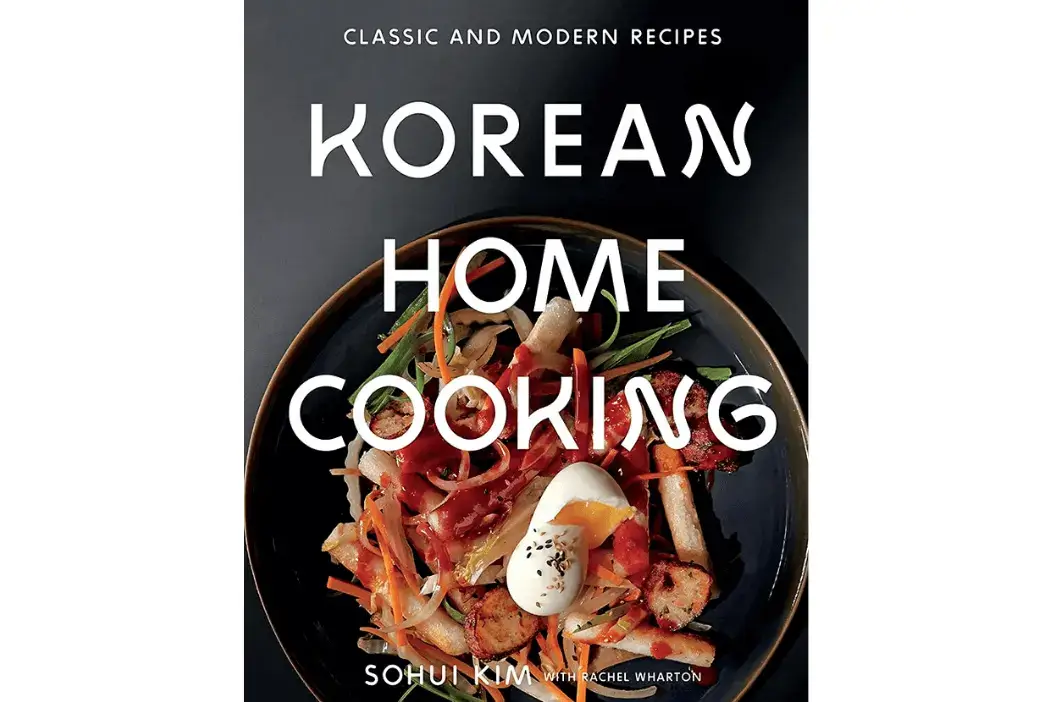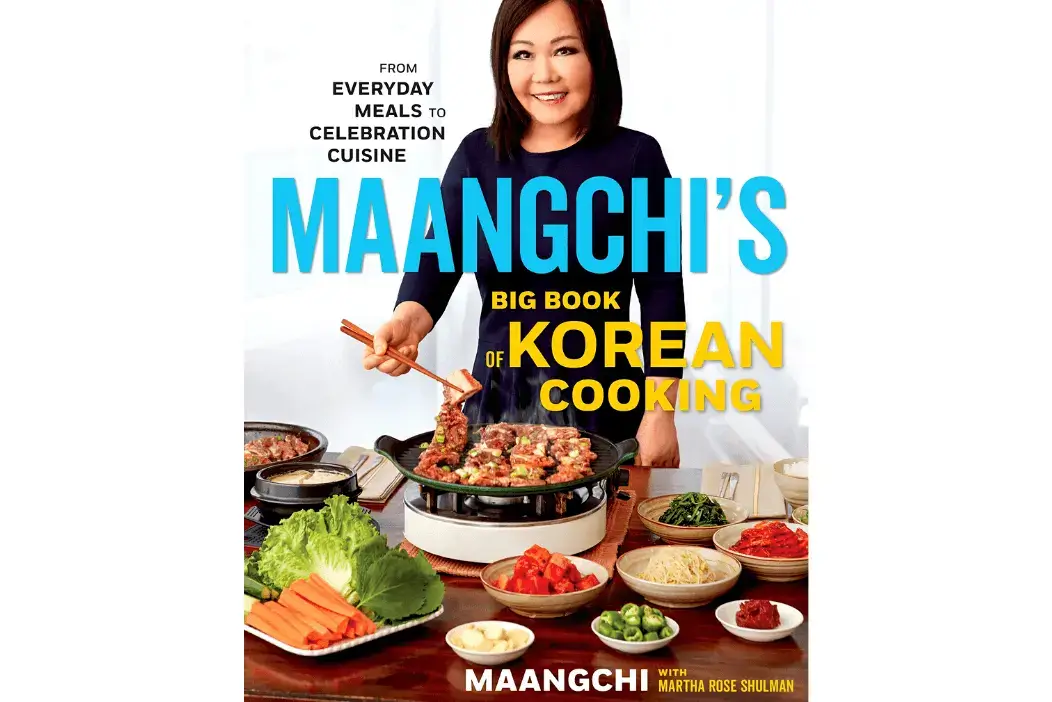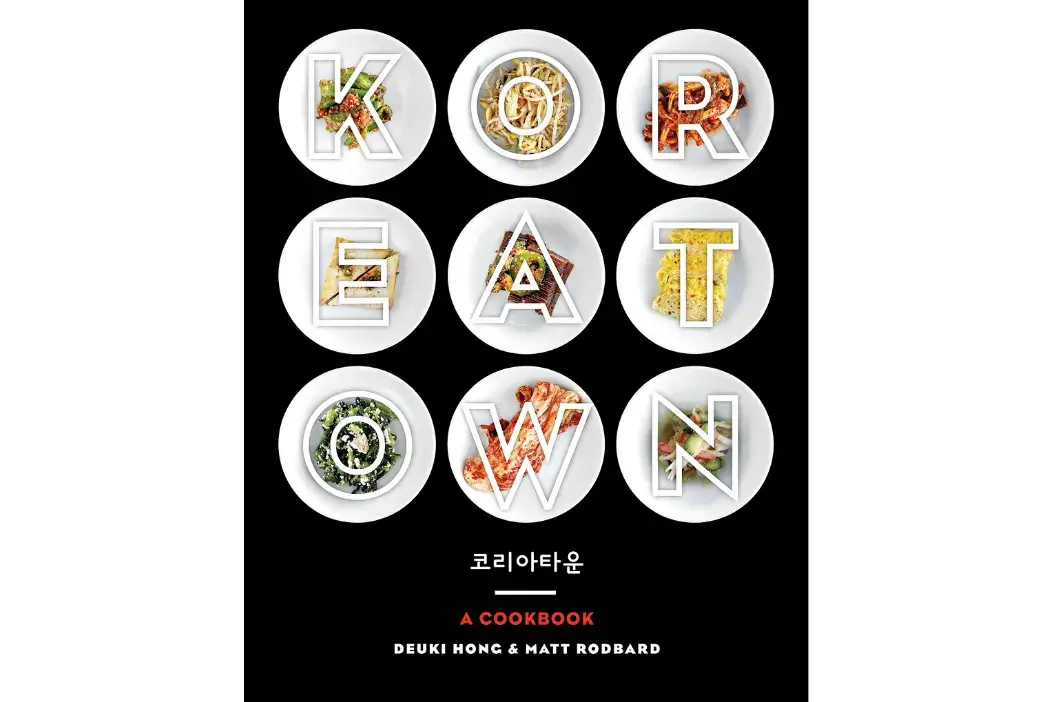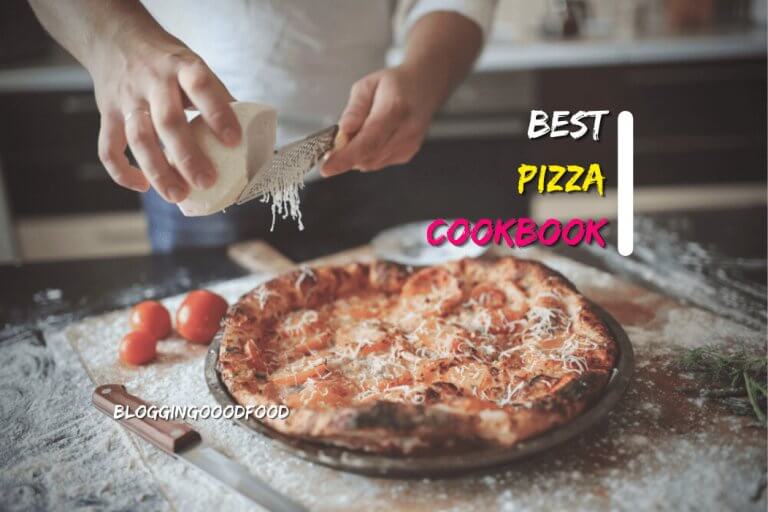Because it places such great focus on vegetables, rice, and lean meats prepared straightforwardly with a minimum of oil, Korean cuisine is often considered among the healthiest cuisines in the world. The use of components like soybeans and chili peppers lends it a simultaneously earthy and sour flavor, giving it a unique profile.
However, the main attraction of a Korean lunch is the extensive selection of tasty and nutritious side dishes. One of these foods is kimchi, a meal made from pickled vegetables that serve as a source of probiotics and may take on many different forms. Napa cabbage and gochujang are utilized in certain preparations, while gochujang, garlic, and sesame oil are utilized in others.
The easiest and most simple approach to learning how to prepare Korean food is getting a decent Korean cookbook and following its instructions. As a result of the cuisine’s growing popularity, many cookbooks have emerged in recent years that may cater to your every requirement.
I have compiled this list by selecting the items I believe to be the finest overall, considering regular meals and those reserved for special occasions. These cookbooks will teach you how to prepare popular mainstays of Korean cuisine and even modify the recipes to fit your dietary requirements.
Table of Contents
Our Top 10 Picks for the Best Korean Cookbooks:
Detailed Review of 10 Best Korean Cookbooks:
1. My Korea: Traditional Flavors

In this cookbook, that’s also part autobiography and half culinary education, Michelin Star chef Hooni Kim describes the foundations of Korean cuisine. He then informs those skills with his understanding of French and Japanese cuisine to produce unique, modern recipes emphasizing quality ingredients.
Doenjang, Ganjang, and Gochujang are the three essential sauces that make up the Korean culinary trinity, and Kim is here to present them to amateur chefs.
These components serve as the basis for the ninety recipes contained in the book, which include updated versions of traditional Korean meals such as dolsot bibimbap and mul naengmyeon. Additionally, there are one hundred colorful images taken across Korea by various photographers in the book.
Book Author: Hooni Kim
- Great Teaching Recipes Book.
- Shows Beautiful Korean Culture.
- Beautifully taken pictures.
- Bookbindingng is not so good.
2. Growing up in a Korean Kitchen:
This book explores the history of Korean food and the author’s history. Korean cookery comes from deep origins. Most of these recipes have been orally down from one generation of a family to the next, making them part of the unwritten culinary culture.
This book has recipes for regular meals and dishes reserved for special occasions. There are examples of high-end cuisine and home cooking from the countryside, providing a comprehensive view of the food consumed in nearly every country region.
Even though these are classic recipes, they are straightforward and quick to execute. However, they call for some Korean components that may be difficult to track down.
On the other hand, a list of resources that may be used to obtain the materials and the instruments necessary for Korean cooking is provided.
This book includes a staggering 250 recipes, some variants on those dishes, photographs of the author’s family and travels, and a wealth of reminiscences, contributing to the book’s status as both a cookbook and an enjoyable read.
Book Author: Hi Soo Shin Hepinstall
- Traditional Recipes.
- Most ingredients are accessible in the Korean market.
- Easy to prepare Recipes.
- No Color Pictures.
3. Korean BBQ:
The sauces used in American barbecue aren’t the only thing distinguishing Korean BBQ from its American counterpart. Unlike traditional American barbecue, which is cooked over low heat for a long period, Korean barbecue often involves fast cooking thin slices of beef known as Chado.
Because the author, Bill Kim, was brought up in the Midwest after being born in Korea. He is familiar with the requirements necessary to make Korean food in a typical American home. As a result, this book is more Korean-American than conventional Korean.
The author achieves the vast range of tastes described in this book by using seven different sauces and three different spice rubs frequently combined.
There are 80 different recipes, and some of the ingredients called for in the recipes have alternatives intended for use in American kitchens because some of the ingredients may not be easily accessible elsewhere.
Because some recipes call for sauces and rubs, you may prepare those components ahead of time to reduce the amount of labor you need to do when it comes time to prepare the food. Just check that you have sufficient amounts of everything before you begin!
Book Author: Bill Kim
- Contains alternatives to components that are difficult to locate.
- In a hardback edition.
- The recipes for Korean barbeque are simple to follow.
- Dedicated to barbecue, with just a few recipes for other types of food.
4. Maangchi’s Real Korean Cooking:
You know that person is popular if you can get by with just one name to refer to someone, as Maangchi can. She has carved a name for herself as an authority in Korean food because of her films’ widespread success on YouTube. She was born and reared in Korea, and it was her family taught her how to prepare traditional Korean dishes.
This book covers a wide range of recipe genres, but it also covers a wide range of challenges, which means that novice cooks will find lots of recipes that are easy to follow. In contrast, more expert cooks will discover recipes that allow them to produce more complex dishes.
The procedures are easier to understand with the step-by-step images included in this book, which also contain advice derived from the queries that her fans have asked her over the years. And therefore, if you still have inquiries, you may check out her videos to receive even further assistance on the matter.
Book Author: Maangchi
- Famous Recipes.
- Lots of background information.
- Not so Unique.
5. Korean Home Cooking:
This book is a great resource if you enjoy creating delectable Korean dishes for your dinner table or packed lunches because it provides many ideas. The author of this book, Sohui Kim, reveals several traditional Korean dishes influenced by her family and business recipes.
This book, which has 304 pages, will teach you how to cook dishes typically seen on several Korean restaurants’ menus. There are one hundred different recipes for Korean cuisine included in the book, like seaweed soup, japchae noodles, kimchi, crisp mung bean pancakes, and chicken stew.
You will not only learn how to prepare Korean cuisine with the help of this book, but you will also get a look into the rich cultural traditions that are practiced in Korea. You may learn more about it by reading the author’s tales and cultural observations from her time spent in Korea with her family and elsewhere in the country.
Book Author: Sohui Kim
- Also includes a large number of photographs illustrating the abundant Korean culture.
- A book with a sturdy hardback.
- There are both classic and up-to-date recipes included.
- Despite having more than 300 pages, just 100 different recipes are included.
6. Maangchi’s Big Book of Korean Cooking:
Maangchi is a well-known author who has penned a great deal of material about Korean cuisine in cookbooks. She does not limit herself to only writing about Korean food in her books but also maintains a website and a YouTube channel dedicated to the subject. Maangchi’s traditional Korean cooking has garnered many accolades throughout the years.
This book will assist you in preparing a wide variety of traditional recipes, such as kimchi, bulgogi, bibimbap, and Korean barbecue, regardless of your level of culinary expertise. In addition to this, she has modernized some classic meals without altering their fundamental character.
In addition, there are certain unique aspects to the party foods, the handmade rice liquor, and the side dishes. Every recipe includes visual representations of the finished result. The majority of the time, Maangchi will also discuss various methods that may be used to get the desired flavor and consistency.
There are 448 pages in this book written in the English language. It is a genuine hardback book with a thick, strong binding, thick pages, and vivid colors. Since its release in 2019, it has been recognized by several publications.
Book Author: Maangchi
- Including vibrant illustrations on every page.
- The recipes cover a variety of Korean culinary standards, such as street food, side dishes, and more.
- The book is hardcover and has thick pages.
- If you already have the author’s first book, purchasing this cookbook may not be worth it because many of its recipes are duplicated from the previous book.
7. Seoul Food Korean Cookbook:
This recipe book by Naomi Imatome Yun will assist you in mastering the art of preparing some of the most well-liked Korean cuisine, ranging from time-honored classics like kimchi to more contemporary specialties like fried chicken and barbecue.
This English-language Korean cookbook has 232 pages and 135 different recipes. These recipes are kimchi, Korean BBQ, bulgogi, and hot stir-fried rice cakes.
In addition, there are specialized chapters dedicated to Korean bar food, like pig bone soup, and fusion cuisines, such as budae chigae. In addition, there is a section that will provide you with an introduction to Korean cuisine and entertaining information on table etiquette, home and restaurant eating recommendations, and culinary customs.
This cookbook has recipes and includes photographs and in-depth descriptions of the most important ingredients, pantry staples, and others necessary for preparing Korean food.
Book Author: Naomi Imatome-Yun
- It includes shopping options for the items you need for cooking.
- Containing over a hundred recipes that are simple to execute.
- For convenience, every recipe specifies the time needed to prepare the ingredients and cook the dish.
- This book is only available in paperback, which is a format that does not hold up as well as hardback.
8. Cook Korean:
This book uses a graphic novel style, which makes cooking a bit lighter and brings some humor to what can be a stressful experience when preparing a new type of cuisine. On the other hand, it’s not all laughs and games; there are 64 recipes, each including specific information about the ingredients.
The vibrant pictures give this cookbook a charmingly whimsical feel. Still, they also educate you about the components of the recipes and the procedures that must be followed to prepare them.
There is no shortage of straightforward recipes and a plethora of more difficult ones that you may tackle once you feel more comfortable in the kitchen.
This book is even more intriguing to anybody interested in Korean cuisine and culture. In addition to the recipes, the author includes some personal and cultural remarks that shed light on Korean food and culture.
Book Author: Robin Ha
9. Korean Food Made Simple:

You may have seen Judy Joo before; this is because she is the host of a program on the Cooking Channel in which she presents condensed demonstrations of Korean cooking techniques. This book is similar to the others in that it contains entertaining and simple recipes that may be prepared at home.
There are also instructions on what to have in your kitchen pantry so that you are always prepared to create Korean food whenever the craving strikes.
This cookbook has 130 different recipes, some traditional Korean fare while others are unique takes on Korean cuisine. Even though those inventive recipes aren’t conventional, they’re a fantastic way to incorporate Korean flavors into familiar foods to an American audience and won’t throw them off.
The compilation is finished with recipes for sweets, beverages, and sauces, turning this book into a comprehensive resource for anybody interested in attempting to prepare Korean food at home.
Book Author: Judy Joo
- Hardcover with binding of good quality.
- There are several straightforward recipes to follow.
- Demonstrates a wide range of dishes often seen in Korean cuisine.
- Photos are not included with every recipe.
- For some recipes, you will need to journey to a specialized shop.
10. Koreatown: A Cookbook
Deuki Hong and Matt Rodbard wrote another cookbook that has been a New York Times bestseller. This is a quirky, spicy, and flavor-packed cookbook that will jog your memory of the amazing cuisine available in Korea.
The book contains 272 pages and focuses on the cuisine popular among Korean-American communities located all around the United States.
It includes anecdotes about the origins of popular dishes in Korea, such as bulgogi, kalbi, and kimchi, and recipes for Korean stews, salads, and beverages. There is also a possibility that the recipes will include some fusion cuisine.
Book Author: Deuki Hong
- The directions are straightforward to comprehend and carry out.
- Hardcover.
- Includes many recipes using items located and purchased even if you are not in Korea.
- They may have added additional images of the completed dishes if they wanted to.
Buying Advice: How to Decide Which Korean Cookbook Is the Best
We have done all in our power to present you with our staff’s recommendations, but in the end, you should look into the following book characteristics on your own before making a decision.
Brand Value:
There is value to be found in each chef’s cookbook. Whether or not a book has received awards or recognition from notable organizations is one approach to determining how valuable a brand it is. You may also see the number of publications that have already been purchased.
Features:
Check to see if the book is available in hardcover or paperback format, as the latter option is more likely to be more durable. Check to see how many pages the book has and the number of recipes it has; this will tell you whether or not you are getting the most bang for your buck.
Reviews from Customers:
Customers who have originally bought the book and used it for cooking at home are the best people to ask about the product since they can tell you what they like and don’t like about it. It is essential to read some critical reviews before purchasing a cookery book to know any shortcomings the book may have.
Bottom Line:
It is common knowledge that Korean cuisine is tasty; however, were you aware that it is also good for you? The protein content of Korean food is often extolled, and at the same time, it has a very low percentage of fat. Eating a high protein diet and low in fat is an excellent strategy for weight loss and for maintaining weight loss over time.
In addition to this, it is an excellent method for enhancing one’s general health and level of physical fitness. We hope that our post on the Best Korean Cookbooks was enjoyable to you. With this information, we are confident that you will be able to maximize the use of your time spent in the kitchen and produce some mouthwatering Korean dishes.

